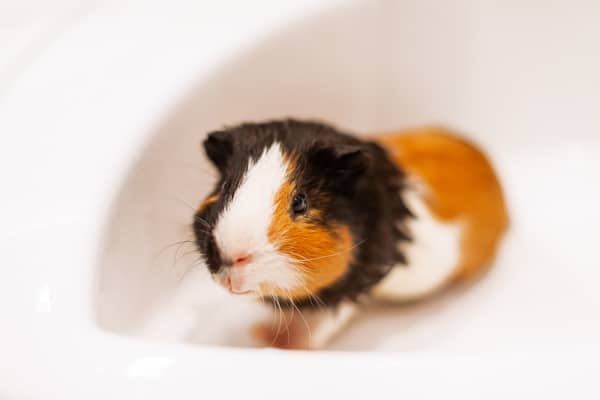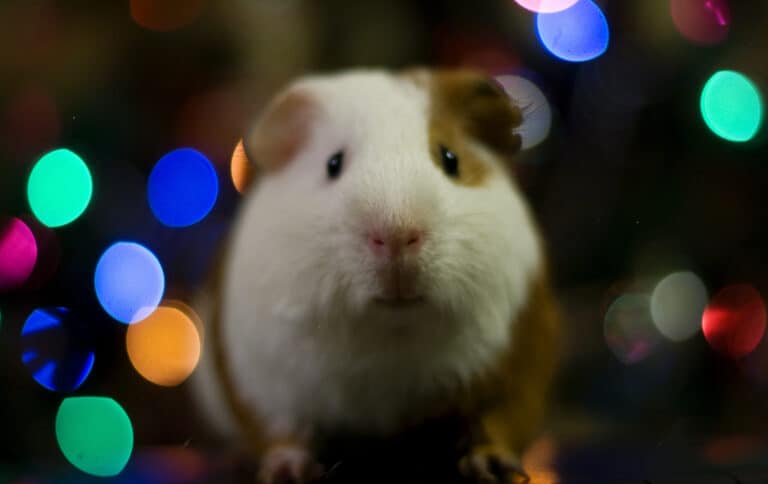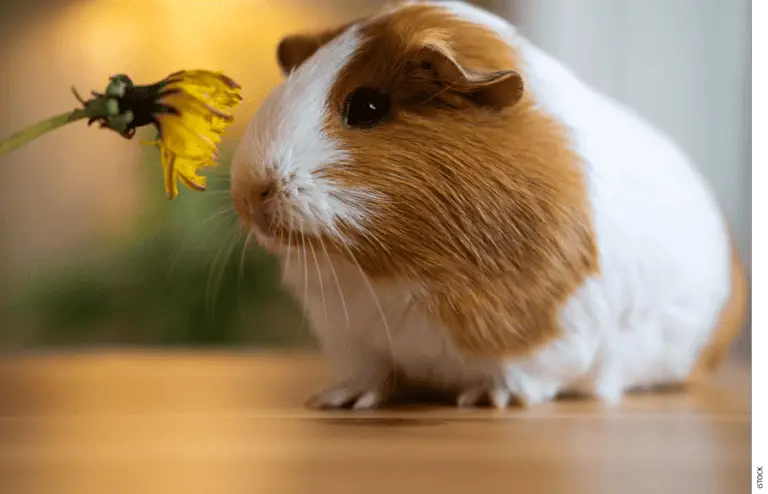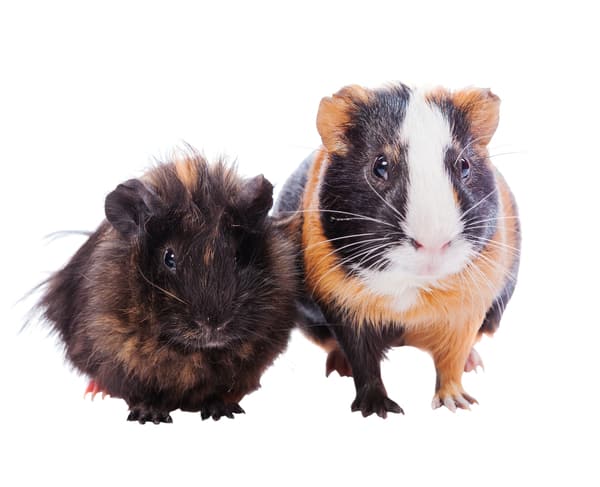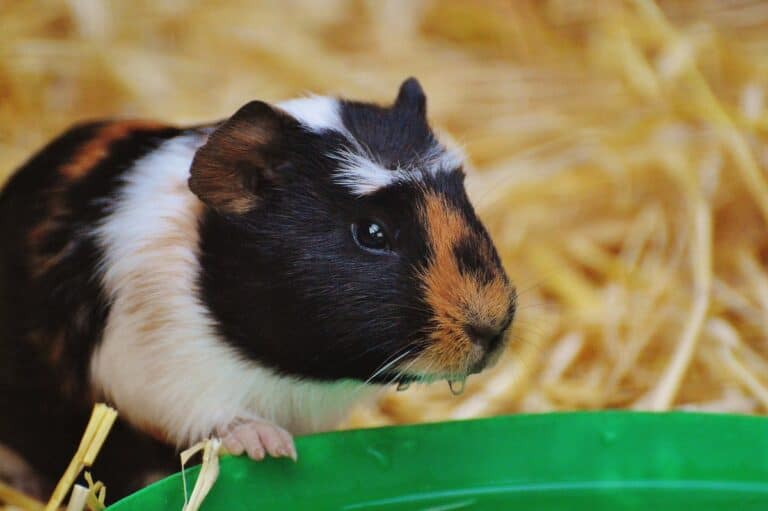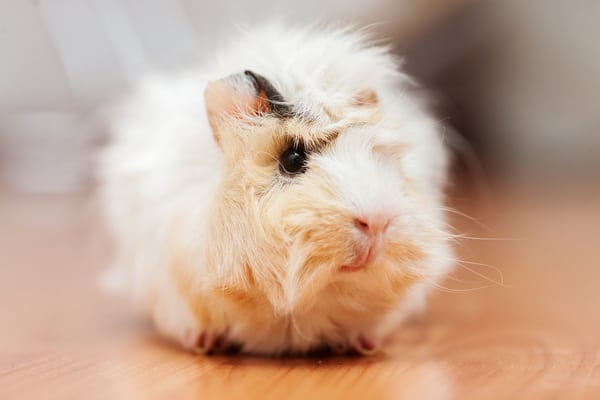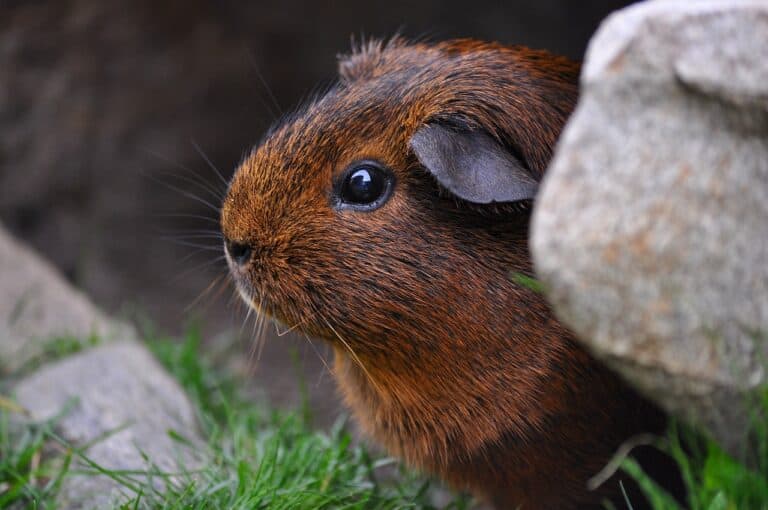Signs of a Dying Guinea Pig and How to Provide Comfort in Their Final Moments
Guinea pigs, or piggies as affectionately called by their owners, are furry little creatures that can bring joy and companionship to any household. However, owning a guinea pig also means that as an owner, you are responsible for their well-being. This includes recognizing the signs of a dying guinea pig and providing them with comfort in their final moments.
In this article, we will discuss the signs of a dying guinea pig and ways to ensure they feel as comfortable as possible in their last moments.
What Are the Signs Your Guinea Pig is Dying?
As a guinea pig owner, it’s vital to keep an eye out for any changes in your pet’s behavior or health. Below are some of the most common signs that your guinea pig may be nearing the end of their life.
Labored Breathing
If you notice that your guinea pig is struggling to breathe or making wheezing or rasping noises, they may be experiencing labored breathing. This can be a sign that they are in distress and may be nearing the end of their life.
Loss of Appetite
Guinea pigs love to eat, so a sudden loss of appetite can be a red flag that something is wrong. If your piggy isn’t interested in eating or drinking, it may be a sign that they are feeling very unwell.
Unresponsiveness
If your guinea pig is typically active and social but has suddenly become unresponsive and lethargic, it could be a sign that they are dying. Guinea pigs love to cuddle and play, so any sudden change in behavior should be taken seriously.
What Causes Guinea Pig Death?
Guinea pigs can live for around 5-7 years with proper care. Still, several factors can contribute to their death.
Age
Like all living creatures, guinea pigs age, and as they get older, their body’s functions may slow down, making them more susceptible to illness and disease.
Illness or Disease
Guinea pigs can suffer from a variety of illnesses and diseases, including respiratory infections, scurvy, and gastrointestinal issues. If left untreated, these conditions can become severe and lead to death.
Injury or Trauma
Guinea pigs can injure themselves by falling or getting into accidents with other pets or objects in their environment. These injuries can lead to internal damage, which can be fatal if left untreated.
How Do You Know if Your Guinea Pig is Dead or in Shock?
If you suspect that your guinea pig has passed away, it’s essential to confirm whether they have died or are in shock. Below are some ways to check for signs of life.
Checking for a Heartbeat
Place your hand on your guinea pig’s chest to see if you can feel their heartbeat. If there is no pulse, your guinea pig has likely passed away.
Checking for Breathing
Observe your guinea pig’s chest for signs of breathing. If there is no movement, your guinea pig may have passed away.
Observe for Stiffness and Coldness
If your guinea pig’s body is stiff and cold to the touch, it’s likely that they have been dead for a while. The onset of rigor mortis can provide further evidence that your guinea pig has passed away.
What Should You Do if You Have a Sick and Dying Guinea Pig?
If you suspect that your guinea pig is sick or dying, there are several steps you can take to ensure they are comfortable in their final moments.
Consult a Veterinarian
If you notice any of the signs we discussed earlier or suspect that something is wrong with your guinea pig, it’s crucial to take them to a veterinarian as soon as possible. A vet can help diagnose any health issues and provide treatment to keep your pet comfortable.
Provide Comfort and Support
When your guinea pig is sick or dying, they need as much comfort and support as possible. Keep your pet warm and ensure they have plenty of water and food available. Offer plenty of cuddles and gentle strokes to keep them comforted.
Consider Euthanasia
It can be challenging to make the decision to euthanize your pet. Still, if your veterinarian recommends it, it may be the kindest thing you can do for your guinea pig. Euthanasia can help them pass peacefully and without pain.
How Can You Help Your Surviving Guinea Pig After the Death of a Cagemate?
The death of a cagemate can be challenging for a guinea pig. Below are some ways to help your pet through the grieving process.
Introducing a New Guinea Pig
Consider introducing a new guinea pig to keep your pet company. Make sure to do your research and get a cavy that’s compatible with your remaining guinea pig.
Give Extra Attention and Playtime
After the loss of a cagemate, your guinea pig may be feeling lonely and anxious. Spend extra time with your pet, providing plenty of attention and cuddles to keep them comforted.
Be Aware of Signs of Grief
Guinea pigs aren’t immune to grief. Look out for signs like decreased appetite, listlessness, and lack of interest in their surroundings. These are all indications that your pet may be struggling with the loss of their cagemate.
The death of a guinea pig is never easy for a pet owner. However, recognizing the signs of a dying guinea pig and taking steps to provide comfort and support can help ensure that your pet feels loved and cared for in their final moments.
Do guinea pigs go stiff when they die?
When guinea pigs die, they do not necessarily go stiff. The process of rigor mortis, which is the stiffness of the body after death, occurs in some animals but not in others. While rigor mortis is commonly observed in larger animals like humans, horses, and cows, it is less likely to occur in small animals such as guinea pigs.
The reason behind this can be attributed to the difference in muscle mass and metabolism. Guinea pigs have smaller muscles compared to larger animals, which means that the onset and duration of rigor mortis may be limited or even non-existent.
Instead, when a guinea pig dies, they may appear limp or relaxed rather than stiff. It is important to note that the absence of stiffness does not necessarily imply that a guinea pig is alive, as other signs of death such as lack of movement and responsiveness are typically more reliable indicators.
How long after a guinea pig dies does it go stiff?
After a guinea pig dies, rigor mortis usually sets in within a couple of hours. This stiffening of the muscles occurs due to a lack of adenosine triphosphate (ATP), a substance responsible for muscle contraction.
Without ATP, the calcium ions necessary for muscle fibers to slide past each other cannot be reabsorbed, resulting in a fixed position. The process begins in the jaw and neck muscles and gradually spreads throughout the body. Generally, rigor mortis peaks around 12 to 24 hours after death and starts to fade within the next 48 hours. However, the duration and intensity of rigor mortis can be influenced by external factors such as temperature.
In warmer conditions, the stiffening may occur more quickly and last for a shorter period. Conversely, colder temperatures may delay the onset and prolong the state of stiffness. Therefore, the exact timeframe for rigor mortis in a guinea pig can vary, but it is typically noticeable within a few hours and remains for a period of up to two days.

